
Issue #: 145
Published: January / February 2016
- Price per issue - digital : 5.40€Digital magazine
- Price per issue - print : 6.20€Print magazine
- Access to Multihulls World digital archives Digital archives
I love it when a country surprises me. We’ve been traveling aboard Ceilydh, our heavily modified Wood’s Meander 40’ for six years now. My husband Evan, our 13-year-old daughter Maia and Charlie the cat left Vancouver, Canada in 2009. Since then we’ve been visiting the countries cruisers tend to visit and enjoying the sights cruisers see, but when it came time to cross the Indian Ocean we headed into a bit of the unknown: the Maldives.
Part of what makes the Maldives so fascinating is how little most of us know about the small Islamic country. The common perception is of a peaceful, sun-kissed Indian Ocean paradise that caters to the famous and honeymooning. In truth, it’s a deeply complex country of 394,000 (with one third of those being foreign or illegal workers). Most people either work in the resorts, for the government or they fish. And right now the Islamic Republic is struggling to stabilize its nascent democracy.
Until 2010, when the Local Tourism Laws went into effect, visitors were exposed to very little of the internal workings of the country. All boaters saw of the Maldives were select ports and, if they were lucky, a couple of the 112 secluded private-island resorts. Most villages were off limits. But with the changing of laws came a change in cruising itineraries—not only could boaters explore uninhabited islands and the tried and true ports of Uligamu, Kulhudhuffushi, Hulhumale and Gan but, with the new laws, the whole country was suddenly accessible.
The Maldives are made up of thousands of islands, with tongue twister names, that are scattered between 26 atolls running down the country’s 520nm length. Only a portion of these islands offer secure all-weather anchorage and even fewer are highlighted in any sort of cruising guide. A visit here requires a combination of old-fashioned adventurous seamanship and the judicious use of modern technology. Basically, we checked the charts to pinpoint good anchorages and then downloaded images from Google Earth to help with navigation.
Our next step was to understand the weather. Since ancient times, the Maldivian people have organized their lives around two seasonal monsoons, the northeast monsoon or Iruvai (which means hot and dry)and the south west monsoon called Hulhangu (hot and wet). Historically Hulhangu starts on April 8 but the feedback we got from local fishermen is that due to climate change the monsoons are changing, so we should be sure to combine the historical data with local weather reports.
Cruising permits run for 30-days at a time for the Maldives—but we’d decided to take two months to explore the country. Our goal was to make our way north to south, from Uligamu to Gan, as the southwest monsoon set in (stopping in Male at the one-month point to renew our cruising permit)—along the way we hoped to discover the perfect mix of uninhabited islands, remote villages and tourist favorites.
Ceilydh in one of the Maldives’ magical anchorages.
Uninhabited islands are the stuff of cruising dreams, and in the Maldives there so many to choose between that our quest for the perfect island quickly became picky. Ruffushi in North Thiladhunmathee atoll had spectacular snorkeling through fields of healthy coral. At one point a curious turtle swam past—slowing enough for a photo op. In the distance we caught sight of a pod of dolphins and were tempted to swim against the current for a better look—something we were able to do in Ari Atoll a few weeks later when an entire pod of spinner dolphins spent an hour swimming with us.
Despite the great snorkeling we moved on from Ruffushi after only one night, not only did the reef offer limited protection from the wind and waves but the anchorage was 80’ deep and there was only a distant sandbar to land on. Nolhivaranfaru’s secure anchorage offered more of what we were looking for; the kind of shallow sandy ledge we soon dubbed ‘catamaran parking’, nearby fishing, a good beach for the kids to play on during the day and a section that worked for barbeque potlucks at night—but it didn’t have much of a reef to explore.
While we did eventually find the perfect uninhibited island further south at Thilamaafushi on Faadhippolhu atoll, Nolhivaranfaru did have the lure of a nearby village. And when the distant loud speakers started to broadcast the ancient rhythms of a Koran reciting competition, we decided to leave our private tropical paradise and check out village life.
The south west monsoon brought periods of intense wind and rain!
Life in the Maldives occurs on small islands of pared-down beauty: shady palms, white sand, iridescent lagoons, abundant reefs and blue sky. Dressed to respect local customs I covered my shoulders and knees before setting off on a walking tour of Nolhivaranfaru village. When we arrived we were greeted and then taken on a tour that started at the traditional boat building sheds on the waterfront and then into the tidy grid of streets.
In the center of the village we came across an ancient banyan tree that was shading a busy playground. From there we followed the sounds of the Koran reciting competition to the school where we were shown to seats and watched as the little girls made their way through the text. At one point we were moved out of one girl’s line of site; chances were we high that we were among the first tourists (if not the first) to visit the village and the sight of strangers had caused the girl to stumble over the words.
On the smaller islands we discovered that asking the Island Council President permission to explore the island was the unspoken, but preferred, protocol. In a couple of cases it was the president himself who gave us a tour. And with the president at our side we found it was easy to find the shops that sold most of what we needed (from a data top up for our sim card to local produce). The president also keyed us in to the local rules—letting us know whether or not we could invite locals aboard our boat and pointing us to the reefs we could snorkel.
In larger villages, where there are guesthouses and locals are more accustomed to visitors, our reception usually included a casual walking tour followed by a visit. We’d be shown the most comfortable jolies (net chairs found throughout the Maldives) offered a drinking coconut and a local crowd would gather. Almost always the conversation turned to politics. With the kind of political upheavals and maneuverings that can rival the most unstable country—Maldivians are eager to talk about their options with outsiders. Most surprisingly, even the smallest villages are often split between multiple parties but despite the opposing views internal village strife seemed almost nonexistent.
Each village added a little more to our understanding of the Maldives. In one village we were invited to an inter-atoll Bashi Ball tournament. The surprisingly fierce traditional game is played by teams of women who rapid-serve tennis balls backward over the net at the opposing team—where an effort is made to catch the balls (without breaking a finger—which is apparently one of the more common injuries.) On another island we learned about tradition coir weaving (the rope made from coconut husks) while on another we learned about how they smoked and dried tuna.
On one island we were invited to dinner by a local family and I asked if it was the novelty of having outsiders on the islands that made Maldivians so friendly to guests. Our host seemed surprised by my question and said that while tourists may be new on some islands, hospitality isn’t. He explained that in a country of remote islands when a guest arrives it’s important to give them refreshments and then show them around and make sure they’re comfortable and happy, “Isn’t that what all people do?”
The famous Maldivian seats: locals hanging out in the jolies…
The Maldive’s main claim to tourism fame are resorts that take luxury to a new level. While not all resorts welcome visiting boaters (or have suitable anchorage for yachts) a number of them do offer day rates or short-stay options which will let you indulge in a special meal or decadent massage. Boaters are required to call ahead (cell coverage is easy throughout the Maldives) and in most cases the day rate (typically up to $100 p.p.) can be applied to services like diving, dining or the spa.
At Anantara Kihavah Villas my family was hosted for two days and soon discovered that our plush, over-water bungalow was so well appointed it would be easy to spend our entire stay wandering between our private infinity pool, giant glass-bottomed bathtub and outdoor shower. But, despite the allure of all that fresh water, this would have meant missing out on a Maldivian cooking class and one of the most memorable meals we’ve ever had at Sea, an incredible underwater restaurant and wine cellar located on the reef floor. As we indulged in the tasting menu, with highlights that included yellow fin tuna and Maldivian lobster, schools of fish flickered past and a moray eel swam by and took up residence under nearby coral.
While it may seem strange to need a vacation from sailing somewhere as gorgeous as the Maldives, just arriving at Anantara Kihavah’s reception and sipping champagne in the breezy entry felt special. By the time we were shown our villa we were completely relaxed. Part of the reason is unlike in the villages there’s no dress code in the resorts. Short skirts and bikinis are expected. The other difference is that unlike in the rest of the Maldives (including larger towns) alcohol is legal—so that welcoming glass of champagne was a special treat.
Aside from the opportunity to shower as many times a day as we wanted, resort life also gave us access to great food. Seven restaurants offer up international options while the Spice Spoons cooking class let us try our hand at local specialties. One of the dishes we made was garudhiya, one of the Maldive's national dishes: a seemingly simple soup of slow-simmered fish broth, tuna and a few vegetables.
Leaving Anantara Kihavah was difficult—and not just because we’d miss the luxury and the access to free-flowing fresh water. We’d also really miss the chance to eat out and explore Maldivian cuisine. Outside of Male, and some of the larger atolls, restaurants are uncommon. Most villages have small cafes--but beyond a cup of Nescafe and the ubiquitous adafi (betel leaf and areca nut with a little breath-freshening mint and clove) the most you’ll find at the cafes are snack items called short eats, such as the Maldivian version of a samosa.
You have to stick to the dress code in villages.
A few atolls later, when we went in search of a rumored restaurant ashore, we discovered a great dining option is found at the guesthouses. While the busier inns like the 17-room TME Retreats, a waterfront inn on Dhigurah Island in South Ari Atoll, have stand-alone restaurants which are always open, most inns need advance notice that you’re planning to come in for a meal. But when you give notice (you usually order the dishes you want ahead of time too—or you can just ask for a Maldivian dinner) you’ll have the chance to try traditional Maldivian cuisine—which includes a variety of curries and sambals that are worth the effort to hunt down.
After our first month of exploring the need to renew our cruising permit and stock up took us to Male, a modern, well-equipped city. From the busy anchorage at Hulhumale we were able to take the ferry into the city to meet with our agent and shop for enough supplies to take us through the next few legs of our journey. From there we continued sailing south—searching for, and finding, more perfect little islands.
The game of bashi is played most evenings and culminates with tournaments.
Au Maldives, les voiliers sont tenus d’utiliser les services d’un agent. Nous avons utilisé Real Seahawks, qui a des correspondants à Uligan, Male et Gan.
assad@realseahawksmaldives.com
En avril 2014, le coût d’un permis de navigation de deux mois s’élevait à un total de $1057 USD, dont $40 pour les frais d’agent (un mois coûte $879 USD).
Un guide de la pêche et de la plongée aux Maldives peut être trouvé sur :
www.atolleditions.com et www.fishesofthemaldives.com.
A traditional boat under construction… on the beach.
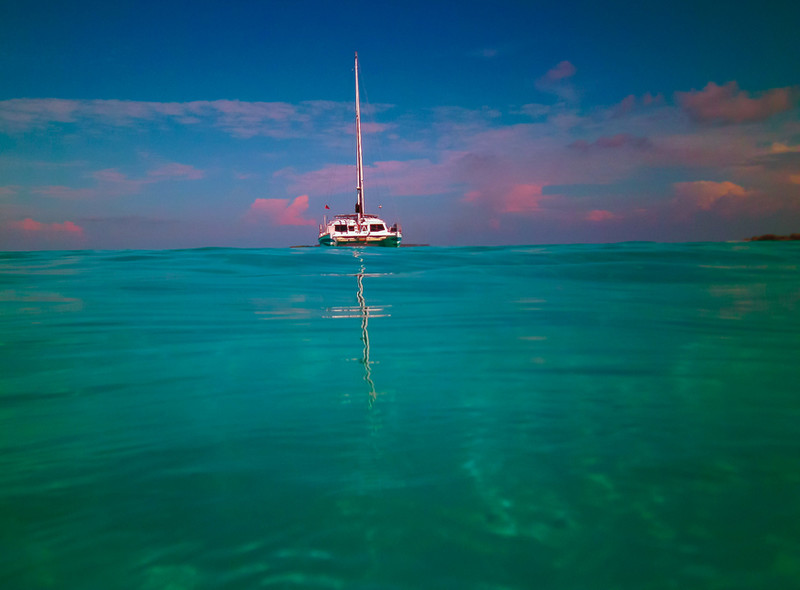
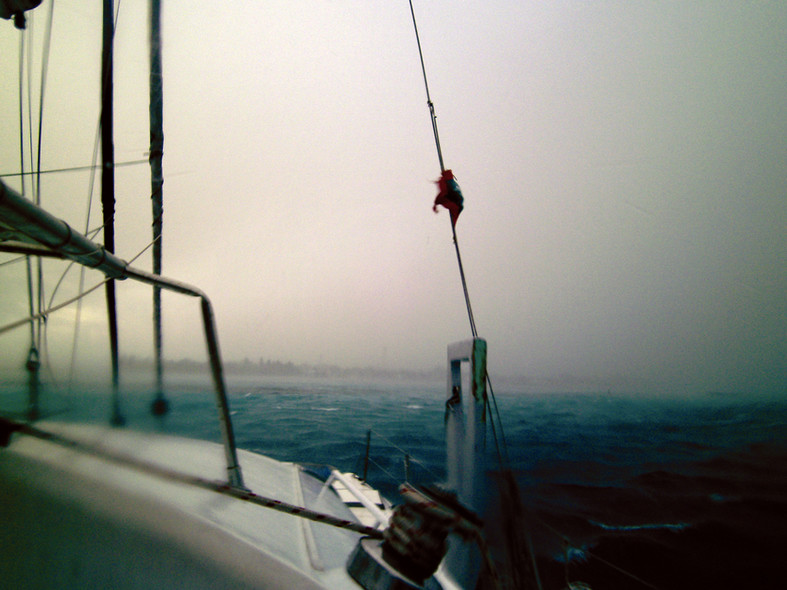
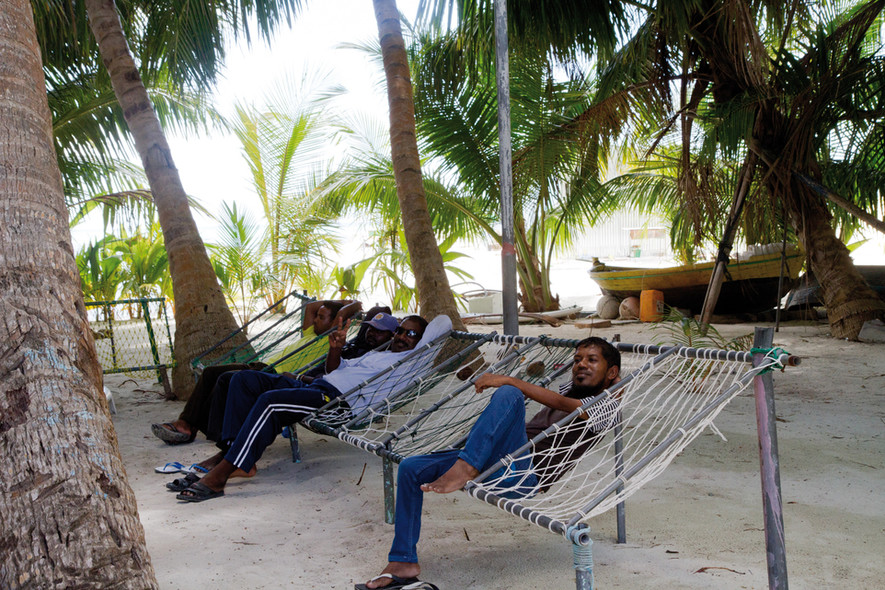
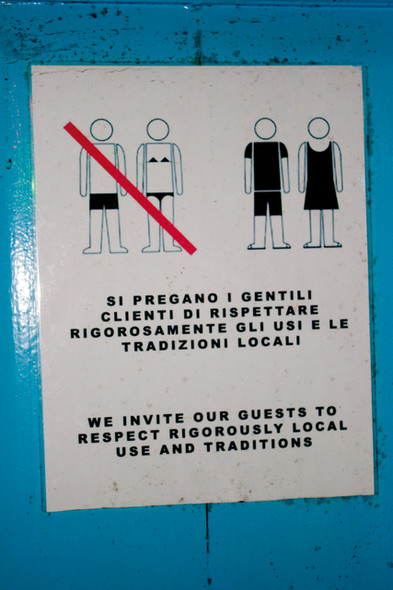
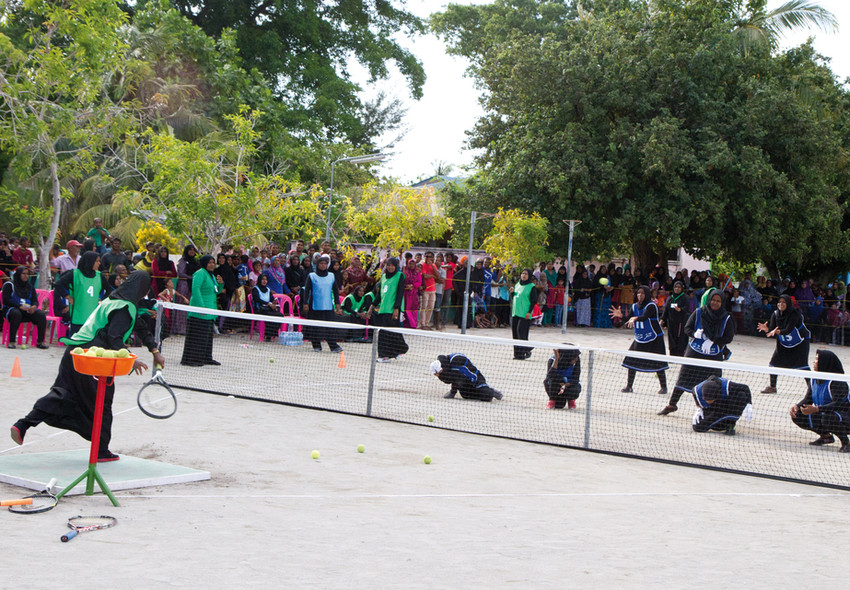
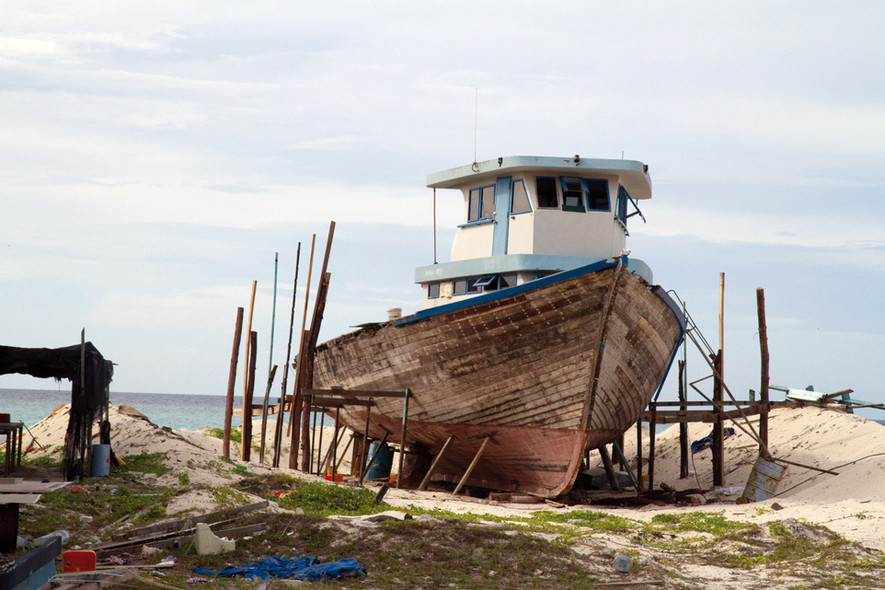
What readers think
Post a comment
No comments to show.